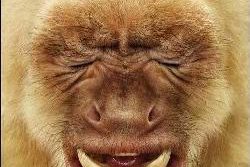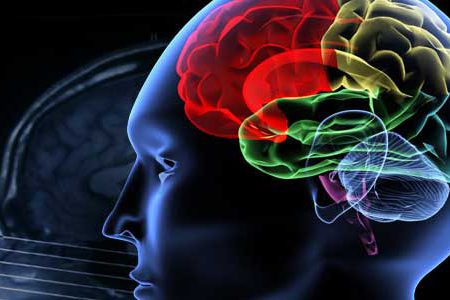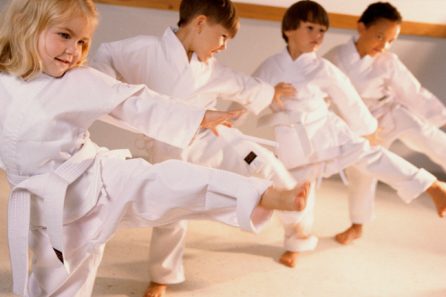Some people might find this strange:
But my strongest memories from living in Okinawa (the birthplace of Karate) are not from the actual Karate training.
Sure, training Karate in Okinawa (or anywhere else in Japan) is a pretty intense and mind-blowing experience, for sure. Especially the first time. The sheer amount of cultural, physical, mental and spiritual input is overwhelming to say the least, and more than enough to etch life-lasting memories in anyone for sure.
That’s a given.
Nevertheless, my most memorable moments from Okinawa are not from the training.
They’re from the people.
More specifically, the numerous sensei.
Question: Have you ever been in the presence of another human being who can – purely by his/her manners, body language, attitude, character and charisma – enchant you to such a degree that you even forget about those damn cicadas screeching in the jungle just outside the dojo?
I have.
The raw pizzazz some of these Karate masters in Okinawa have (without even having to speak) is so inspiring that I still remember specific moments when I simply went “Holy shit, I want to be like him when I grow up!” secretly in my mind.
Now, to most of you, this might sound alien.
“Jesse-san, how can you be impressed by somebody who doesn’t publicly boast n’ brag? Who doesn’t show off?!”
Believe me, it’s easy.
When you meet a true Karate master, and I really mean a true one (one whom the ancient Okinawans would traditionally refer to as a “bushi”, a title often translated as “honorable warrior”) in every definition of the word, you will be not only inspired – but awe-inspired.
However, we, as Westerners, have been instructed since day one to continually pay attention to the ones who scream the loudest. The ones who wave their arms the highest and get in front of our noses the fastest.
It’s like that famous marketing slogan: “If nobody sees you; you don’t exist.”
And hey, “to exist” must surely be the first law of nature, right? I mean, come on, who wouldn’t want to exist!? The thing, however, is that Karate wasn’t meant for making you get seen or heard. It wasn’t meant for gaining attention or boosting anybody’s ego. Heck, it wasn’t *even* made for winning tournaments!
It was originally made for self-defense.
Sure.
We know that.
But more importantly, as people gradually realized the incredible power inherited in these lethal techniques, an element of philosophy was subsequently added to the stew. (And the same holds true for almost any authentic martial art on earth for that matter, let’s stop pretending Karate is unique in this respect.)
This element of rational philosophy was critical in order to gain balance between the two extremes of any fighting tradition:
- Life…
- …and death.
The inevitable outcome of struggle between men.
You see, if self-defense – in this case disguised as Karate – was ever to become more than a brute form of survival; then morality, ethics, virtue and other universal human ideals had to be taken into account by the proponents/pioneers of what was eventually to become an art form (you do practise a martial art, right?).
This, then, is the basis for the philosophy of Karate.
Which, as in any other moderately sophisticated martial art on earth, is often embodied best by the most experienced masters of the art (like the kind of grandmasters I hand-picked for The Karate Code book).
And that’s why I always want to go back to Okinawa.
- Not for the sun.
- Not for the beaches.
- Not for the amazing culture.
- Not for the awesome training/friends I’ve made over the years.
- And no, not even for the irrationally delicious Okinawa soba (noodle soup)!
But for that unique chance of one day maybe re-experiencing the humble presence of a true Karate master once again.
One of those who make you go: “Damn, I want to be like him when I grow up!”
And it’s not because of their high ranks, belts, titles or amazing skills in the physical part of Karate. Oh no. Sure, their knuckles might be huge, their abs might be rock hard and their punches will most likely send you to the back of the moon – which is incredibly impressive too, please don’t get me wrong – but none of that matters much outside of the dojo.
Because those skills are rarely transferable.
Not to real life.
Character is.
And that’s what really impresses me about a true Karate master. It’s exactly like the late Nagamine Shoshin sensei (1907-1997), founder of Matsubayashi-ryu Karate, once said when confronted about what defines a good Karate-ka:
“Devil’s fist. Saint’s heart.”
Instead of what you usually see with these McDojo sensei nowadays:
“Devil’s mouth. Puppy’s fist.”
Right?
At the end of the day, I believe there will be a) people who truly inspire you, and b) people who desperately try to inspire you.
More often than not, the people in the first category are rarely the same people as in the second category. Sadly, however, the people in the second category frequently overshadow the people in the first category – not only because of their massive abundance, but more so because of our own lack of knowledge and perception partly due to the cultural landscape we were brought up in.
Tough shit.
And that’s precisely why you need to go to Okinawa, or Japan.
Not so much for for training Karate.
But more for seeing where we went wrong.
“Tishimi suguritin, chi nu za suguritin, chimu do chimu sada me, shike nu nare ya.”
(“No matter how you may excel in the art of fighting, and in your scholastic endeavors, nothing is more important than your behavior and humanity as observed in your daily life.”)
– Tei Junsoku (1663-1734)



21 Comments